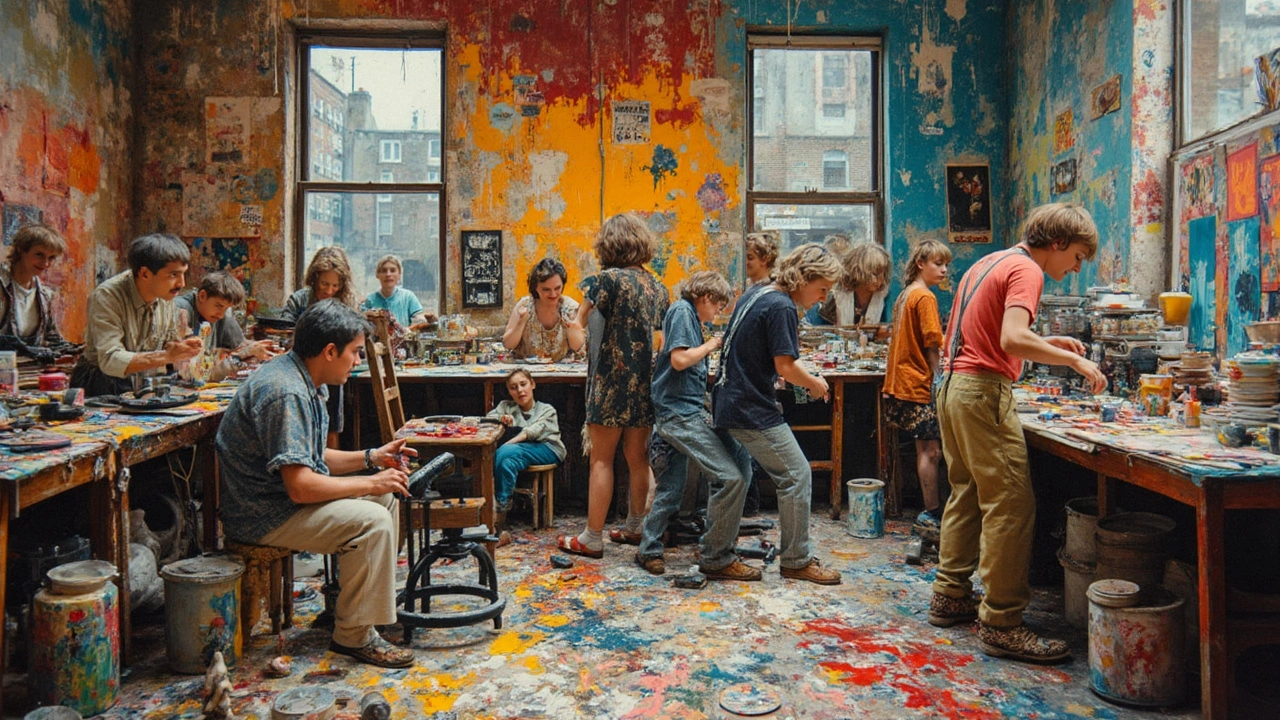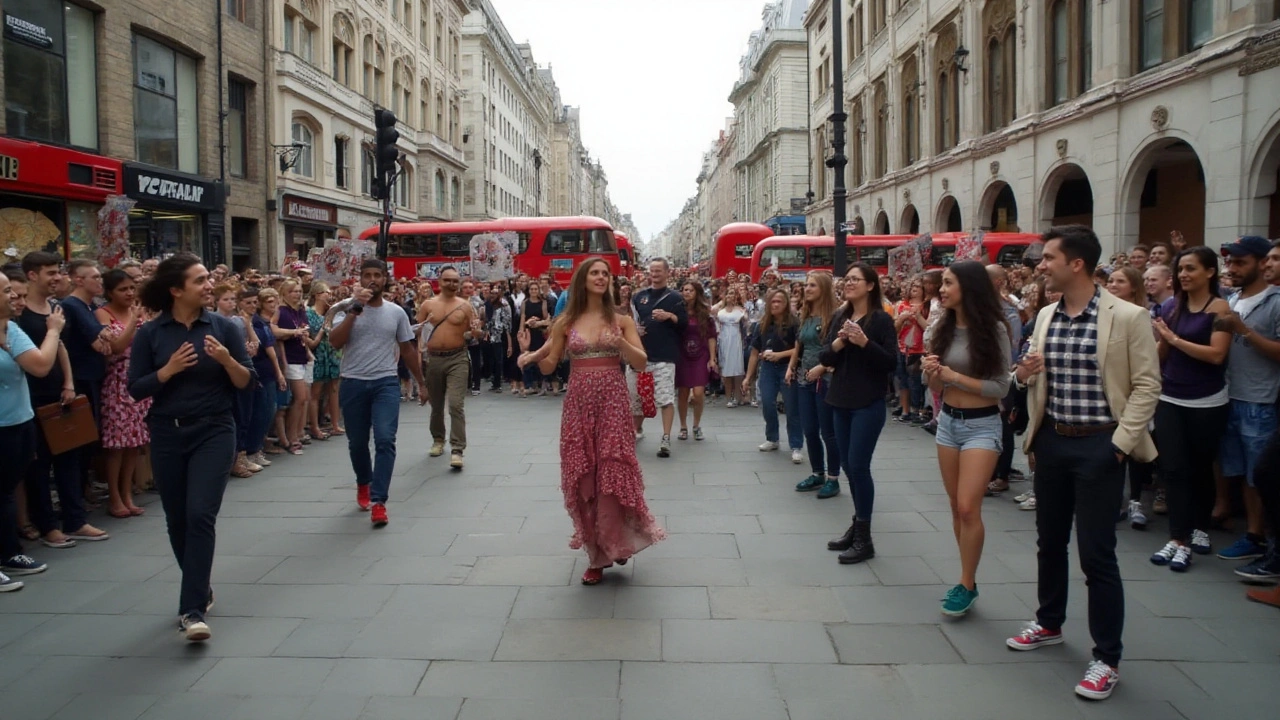Performance Art: Live Action, Ideas, and How to Be Part of It
Ever seen an artwork that moves, speaks, or asks you to take part? That's performance art. It treats the body, time, and place as the medium. Instead of a framed painting or a sculpture, you get an event—sometimes planned, sometimes raw, often meant to provoke a feeling or idea.
Performance art grew from theatre, Dada, and later movements like Fluxus, which mixed music, actions, and jokes to break the rules. It also overlaps with installation art and avant-garde practices. That means a performance can happen inside a gallery, in a park, or on a subway platform. What matters is the action and the idea behind it.
How to experience performance art
Go in with an open mind. Shows vary wildly: some are short and clear, others are long and cryptic. Check event notes for duration, audience role, and any safety rules. If the artist asks you to participate, you can choose to join, watch, or quietly step back—participation is voluntary. Remember that silence and attention can be as meaningful as applause.
Look for clues in the space: props, markings, or repeated movements. Ask gallery staff or read the description if something feels unclear. Videos and photos may exist, but live presence often carries emotions and details that recordings miss. If you do record, follow posted rules and respect performers and other visitors.
How to make performance art (simple, practical steps)
Start with a clear idea. What question or feeling do you want to explore? Keep the setup small at first—one or two props, a few repeated actions. Test the timing. Rehearse how you’ll enter and exit the space. Think about audience safety and consent if people might be touched or involved.
Document your work. Video and notes help you explain the piece later and show it to curators or festivals. But don’t assume documentation replaces the live moment—treat recordings as an archive, not the main event.
Care about ethics. Performance art can push boundaries, but it should never exploit or harm participants. Get permissions for public spaces and check local rules if you plan to perform outside a venue. Talk to your collaborators about expectations and comfort levels before you begin.
Want inspiration? Read about Fluxus and other movements that blurred life and art, or explore installation pieces that add a visual layer to live actions. These examples show how artists use simple gestures to ask big questions about identity, politics, and daily life.
If you’re curious, try a short piece in a safe setting—a friend’s studio, a community space, or a small open-mic arts night. Keep it honest and clear. Performance art rewards risk but thrives on thoughtfulness: planning, consent, and a clear idea will make your live work hit harder.




